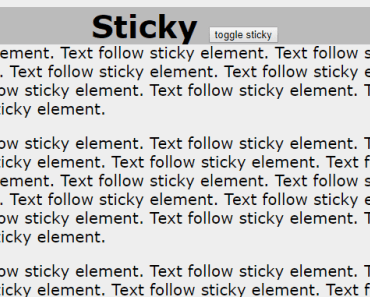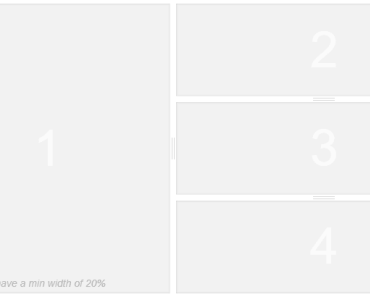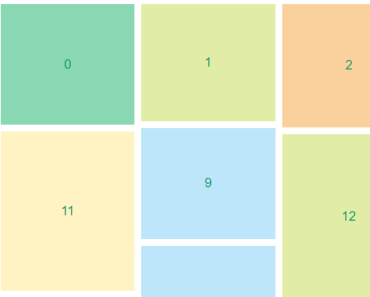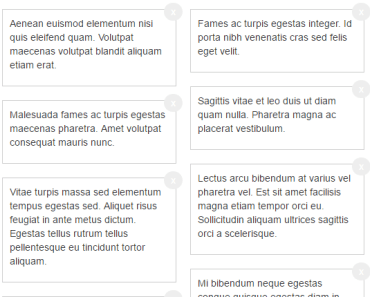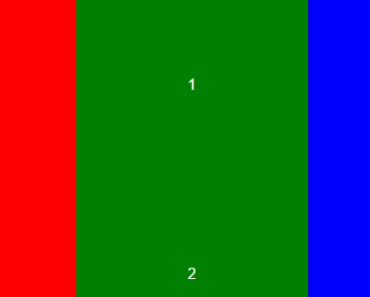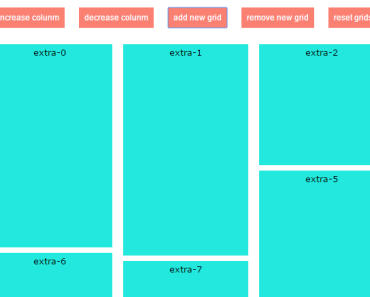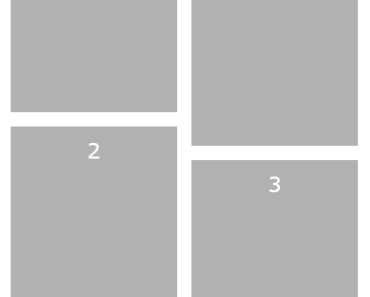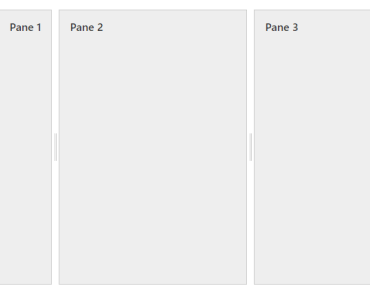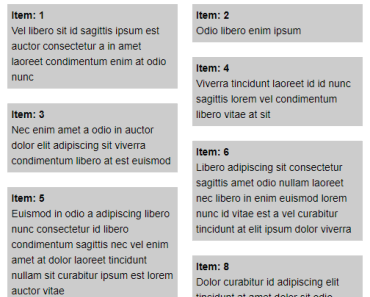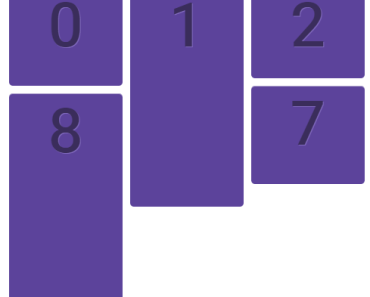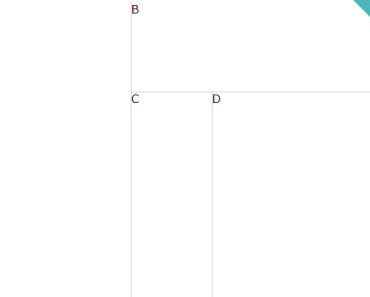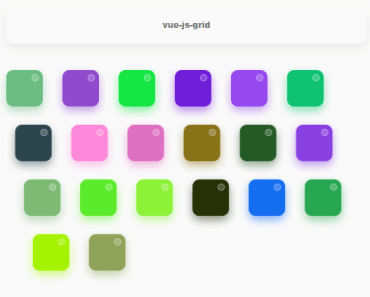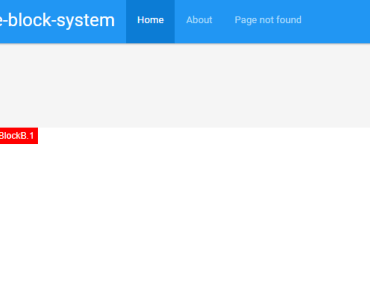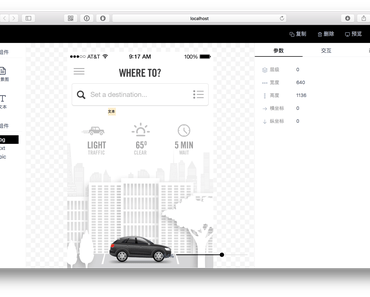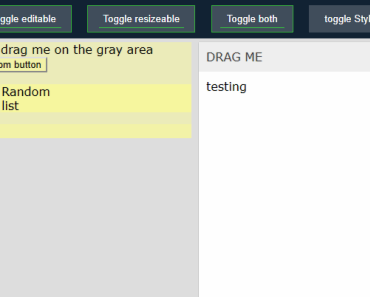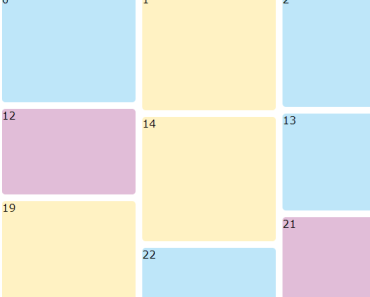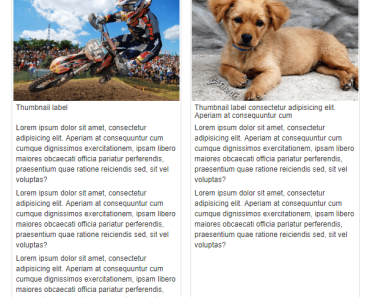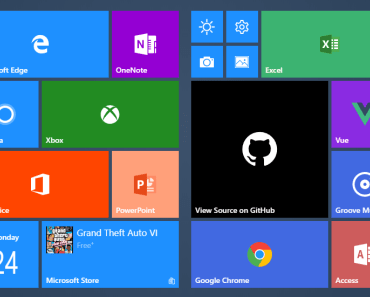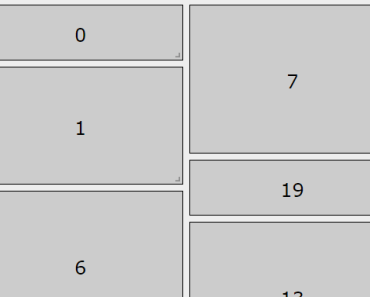vue-sticky-directive
vue-sticky-directive is a powerful vue directive make element sticky.
Install
npm install vue-sticky-directive --saveES2015
// register globally import Sticky from 'vue-sticky-directive' Vue.use(Sticky) // or for a single instance import Sticky from 'vue-sticky-directive' new Vue({ directives: {Sticky} })Usage
Use v-sticky directive to enable element postion sticky, and use sticky-* attributes to define its options. Sticky element will find its nearest element with sticky-container attribute or its parent node if faild as the releative element.
<div sticky-container> <div v-sticky sticky-offset="offset" sticky-side="top"> ... </div> </div>Options
sticky-offset- set sticky offset, it support a vm variable name or a js expression like{top: 10, bottom: 20}top(number) - set the top breakpoint (default:0)bottom(number) - set the bottom breakpoint (default:0)
sticky-side(string) - decide which side should be sticky, you can settop、bottomorboth(default:top)sticky-z-index(number) - to set the z-index of element to stickon-stick(function) - callback when sticky and release, receiveing 1 argument with object indicating the state, like:
// The element is sticked on top { bottom: false, top: true, sticked: true }An expression that evaluates to false set on v-sticky can be used to disable stickiness condtionally.
<div sticky-container> <div v-sticky="shouldStick"> ... </div> </div>export defaults { data () { shouldStick: false } }License
MIT
